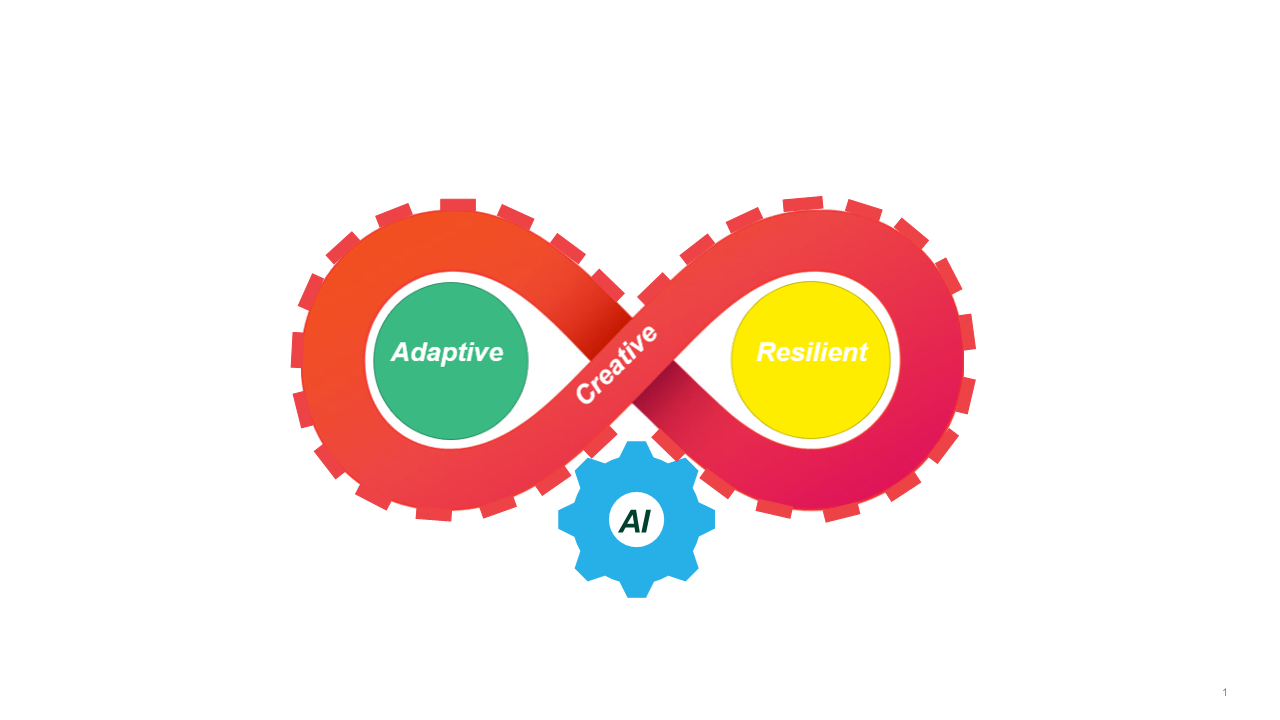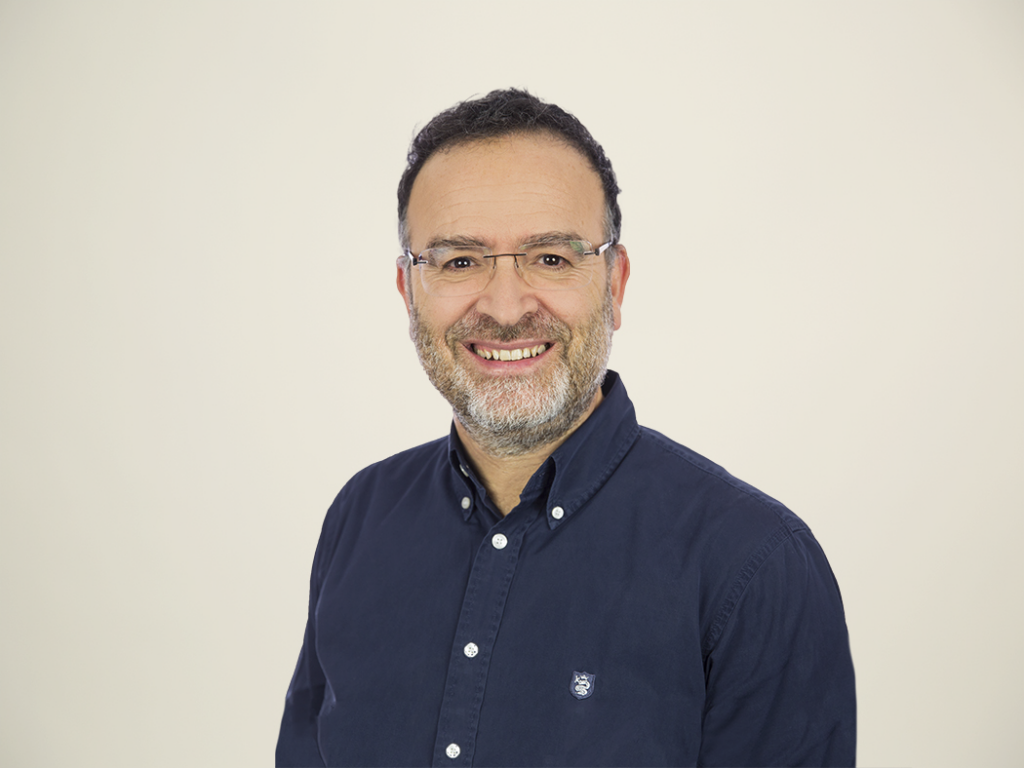Meet The New Demand For Creativity With AI
The pandemic caught many companies unprepared and gave them new pressure to increase their efforts to serve customers and employees through digital acceleration. Future fit organizations responded with utmost creativity by pivoting quickly to new business models while supporting existing customers. They optimized and automated processes and reorganized their workforce to adapt to the new context. And they quickly adopted new technologies that helped them become more resilient. Will all of the urgency brought about by the pandemic just disappear?
Based on past pandemic events, scientists say that, on average, 50% of what changes during a pandemic stays. Pandemics prove that humans and organizations change quickly when put under pressure. Forrester believes that in the digital world, businesses must and will keep most of the changes made during the pandemic going forward.
Why? Because before the pandemic, adapting to change and driving innovation was already a persistent goal for businesses. The pandemic only reinforced the idea that unforeseen change can happen any time, and organizations need to adapt to continuous and fast change. And that pressure will return and replace the pressure brought about by the pandemic.
Of course, technology has a significant role in helping firms unleash creativity to differentiate themselves as future fit organizations. AI is a perfect example. AI itself is not creative, at least not yet. But it can definitively help humans be more creative.
In 2014, I anticipated the possible new and creative business capabilities developers could build with AI. As AI has matured, adoption has increased tremendously, and even better AI will be coming soon with the advent of AI 2.0. This will spur the development of even more new creative business applications. In short, AI is becoming the pulsing heart that drives the creativity juices around an adaptive and resilient organization.

Because creativity is a uniquely human capacity, the hypothesis of our new research is that AI will:
- Augment people’s creativity in new, unexploited ways. It will do more than just free workers up to be more creative (that’s the basic expectation of AI); it will also help us think differently. The sea of data that AI can quickly process will produce unique insights that can spur new ideas.
- Augment team and organizational collaboration. AI helps break organizational silos, connecting talent across organizations and creating new collaboration structures. It connects business processes across these silos rather than only trying to optimize them. Companies can use AI-powered digital twins to overcome barriers and boost team, divisional, and enterprise collaboration.
- Increase business creativity. AI’s new business models can optimize the convergence of the digital world with the physical world and drive the “anything as a digital service” trend. The impact on customer experience could be huge.
